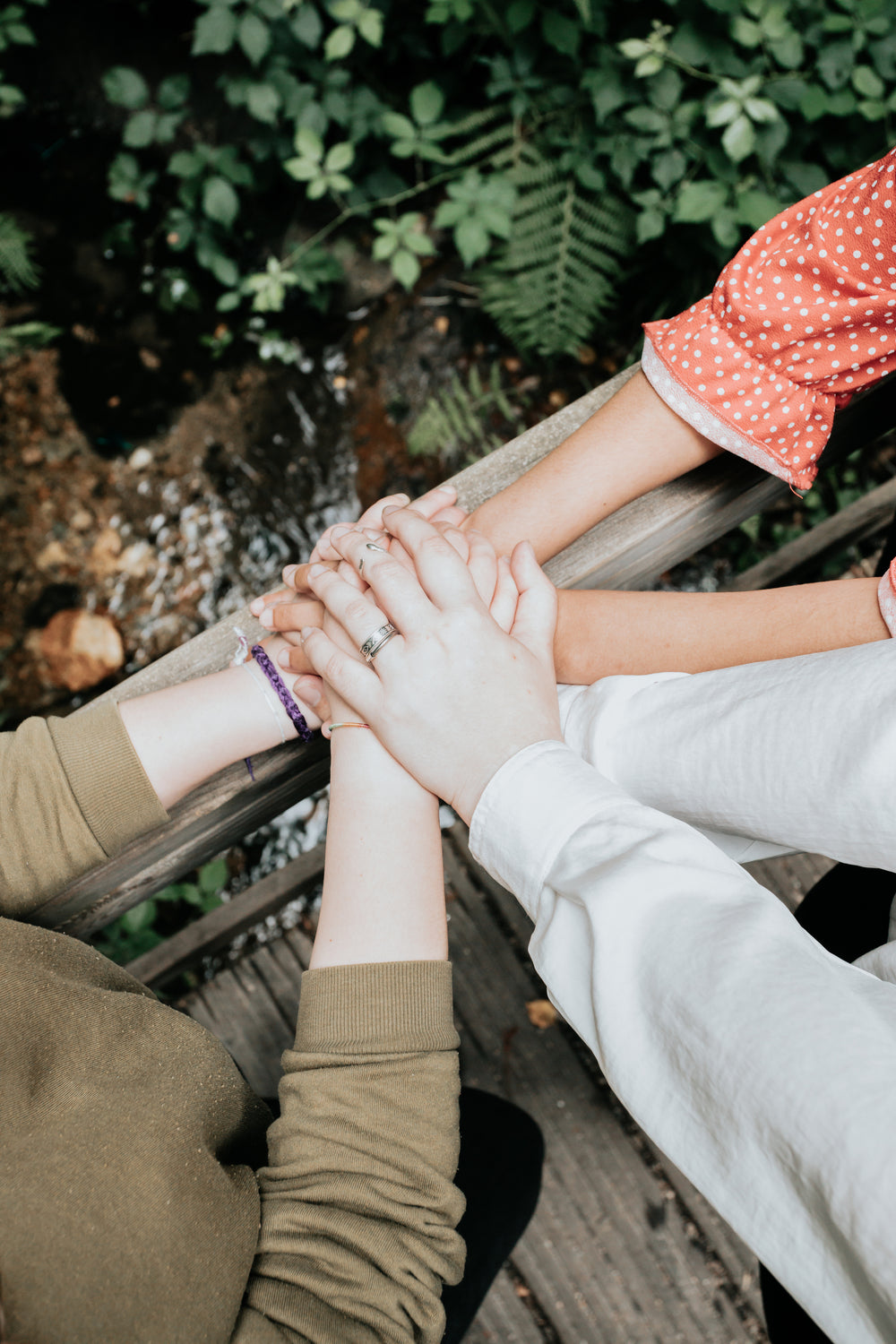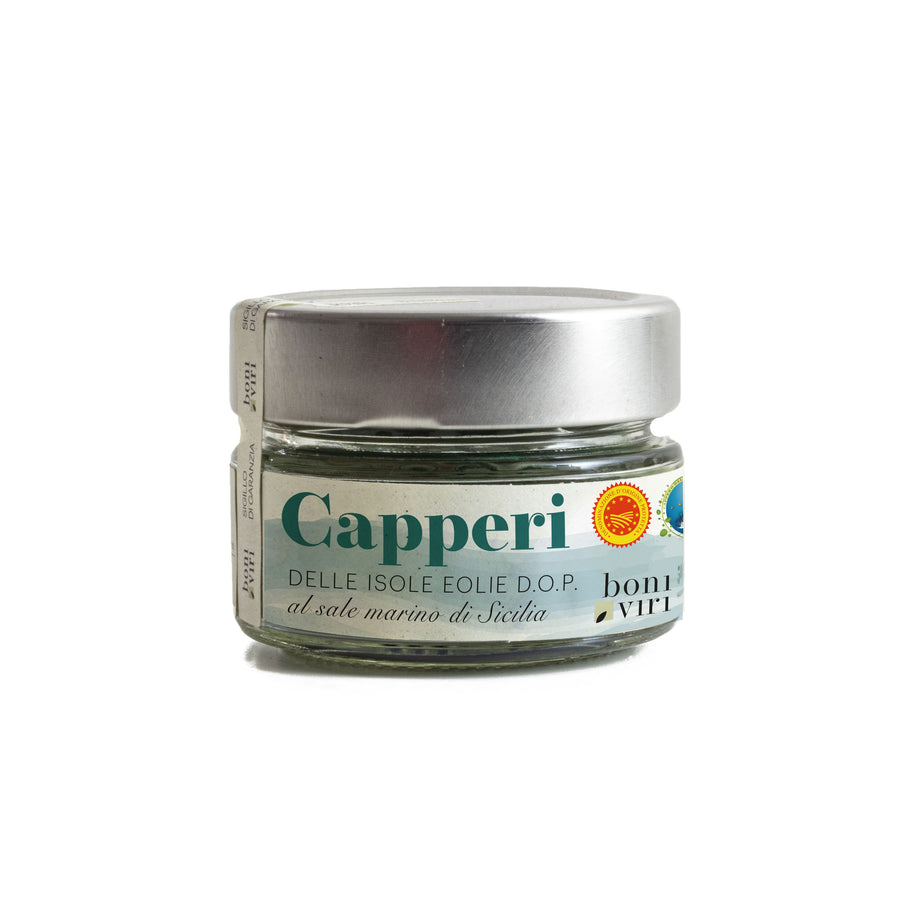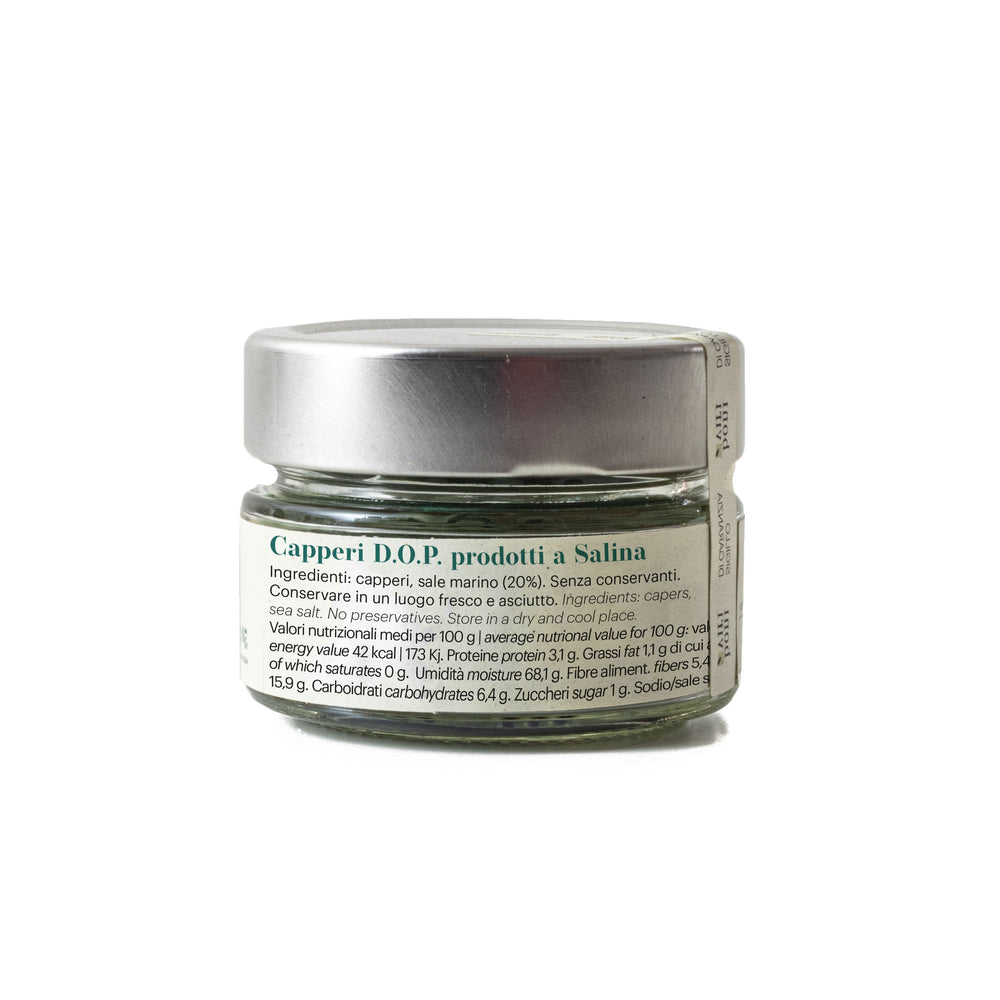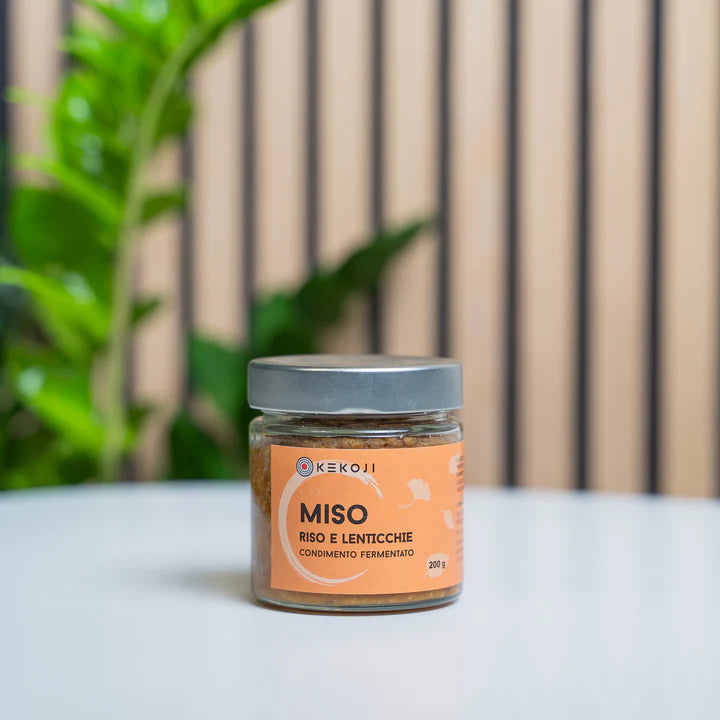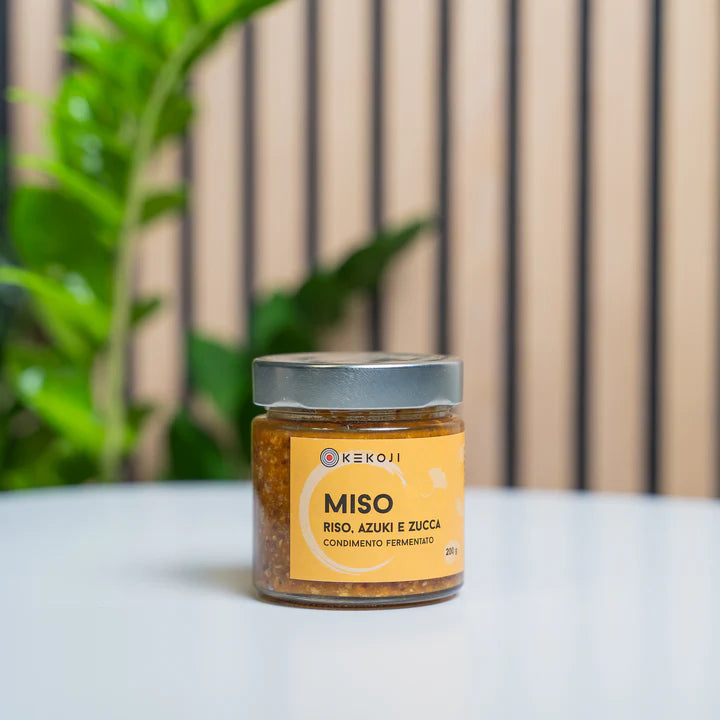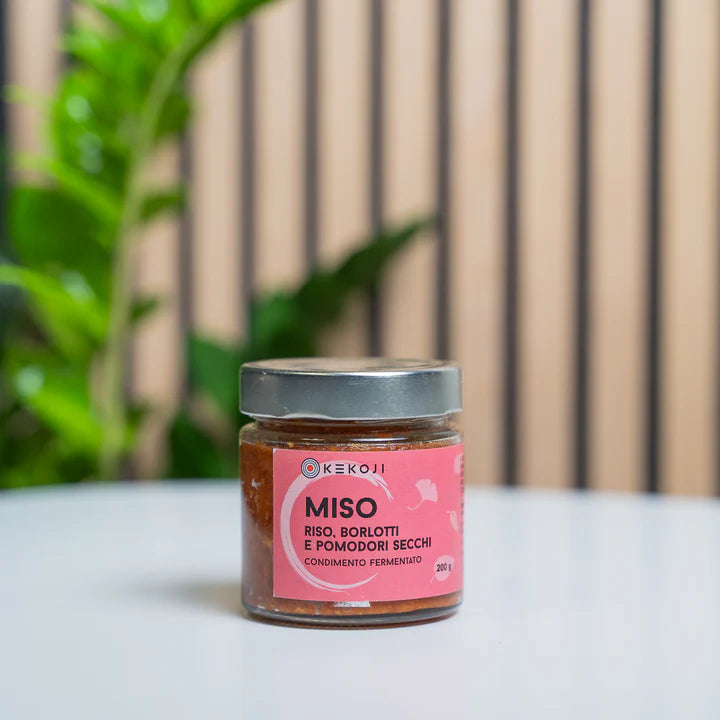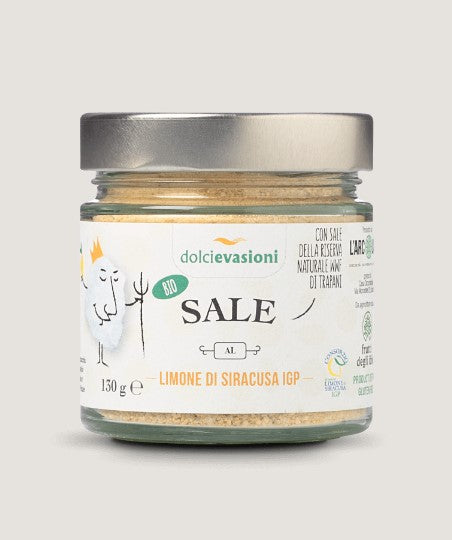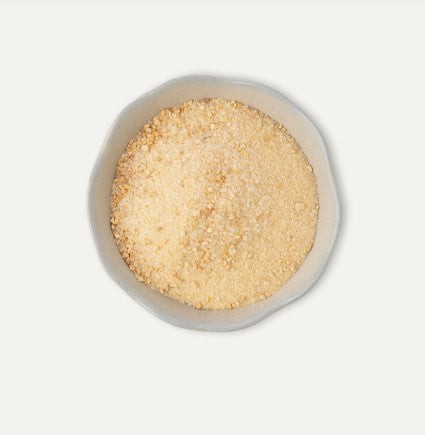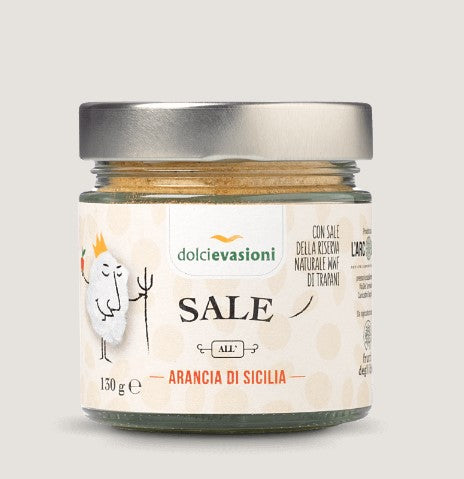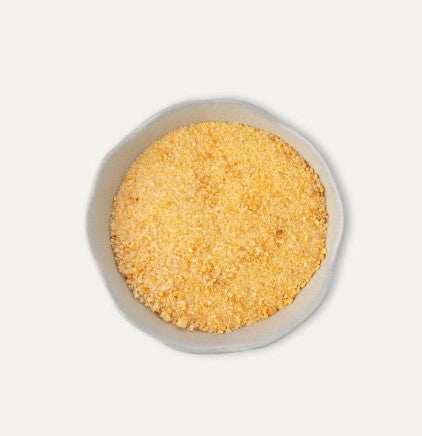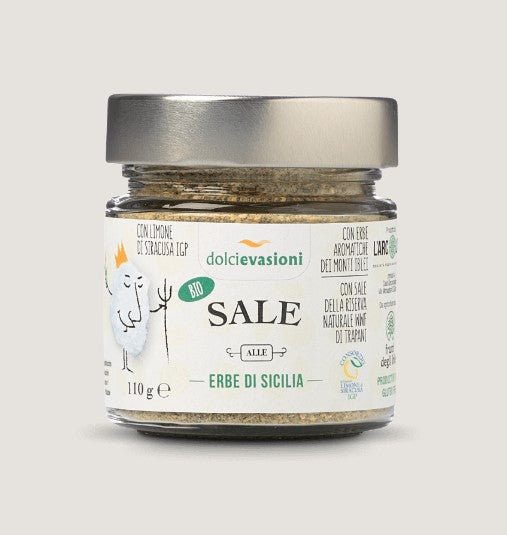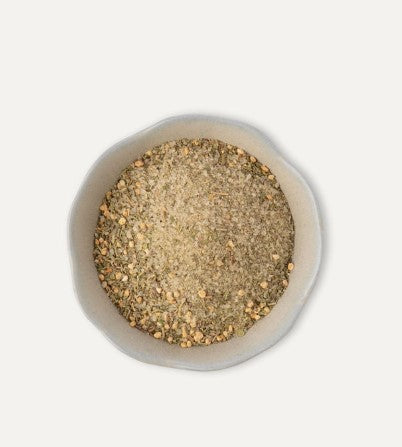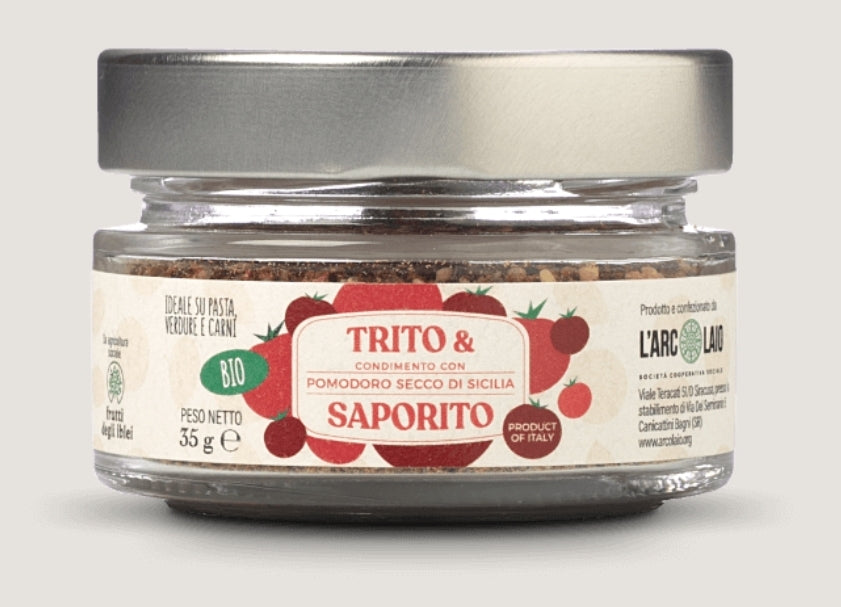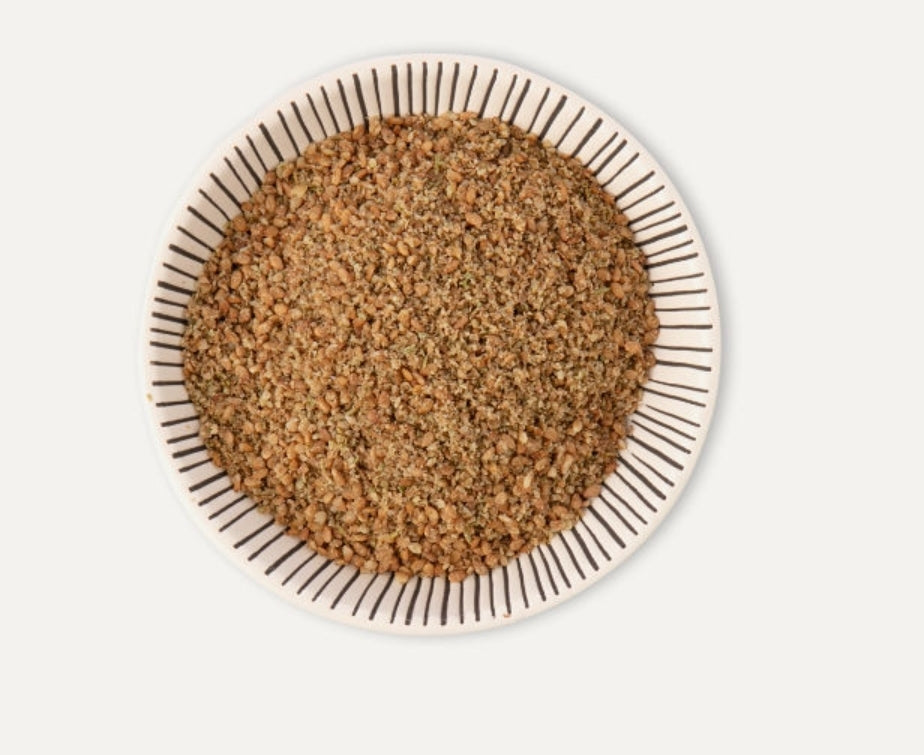
Salt and Seasonings: A Touch of Flavor for Every Dish
Salt is one of the oldest and most precious spices in the history of humanity. Used since ancient times to preserve and flavor foods, it has played a fundamental role in the culture, economy and politics of many peoples.
Salt is mainly composed of sodium chloride , an essential mineral for our body, but which should be consumed in moderation to avoid health problems such as hypertension and cardiovascular disease. The amount recommended by the World Health Organization is 5 grams per day , but this limit is often exceeded due to the salt we add in cooking or that present in industrial and prepared foods.
To reduce salt consumption without sacrificing taste, there are several natural flavor enhancers that can enrich our dishes with aromas, colors and beneficial properties.
One of the most popular seasonings in our kitchens is the stock cube , a concentrate of vitamins, minerals and fibres, but above all an anti-waste tradition par excellence. Many home recipes in fact call for the use of vegetable scraps, peels and outer leaves that may be a little damaged, finely chopped in a homogeneous mixture with oil or other fats and a large amount of salt, or dried, to be preserved longer and used when needed.
In Europe, inactive nutritional yeast has become widespread , obtained by fermenting beet molasses or sugar cane. It has a tasty taste almost similar to grated cheese , which is why it is very popular in vegan cuisine, and contains proteins, B vitamins, fiber and glutamate. Easy to use because it is ready to use, try it on pasta, gratin dishes or to enrich fillings and meatballs.
The Japanese culinary tradition is full of these wonderful and versatile condiments to draw from. For example, there is gomasio , a blend of toasted sesame seeds and sea salt, which has a delicate yet crunchy flavor. It helps us provide calcium, iron, magnesium and essential fatty acids. You can use it to season vegetables, cereals, soups and salads. Then there is miso , a fermented paste of soy and cereals, originally from China but then also spread to Japan. With a salty and umami flavor, it contains proteins, vitamins, minerals and probiotics, given by fermentation and which are very useful for our intestinal balance. You can use it to flavor broths, sauces, marinades and stews. Very similar, with a salty and umami flavor, and also derived from fermentation, but in a liquid version, there is soy sauce . However, it has a high sodium content, so I recommend you consume it in moderation. There are also sauces fermented with other legumes, such as chickpeas and lentils.
Finally we have algae , little used in Italy, except in rare regional recipes, such as the delicious Neapolitan fritters, a must-try street food! They are rich in iodine, iron, calcium, potassium and antioxidants. Algae have a marine and salty flavor , and you can eat them fresh, dried or powdered, and they will give a light "fish flavor" to soups, risottos, salads and for the more creative, to homemade sushi.
To choose the best salt, it is advisable to prefer whole sea salt , unrefined and without added chemicals, because it preserves all the minerals present in sea water.
Salt is an ancient food, dating back to the Neolithic period. The first documents attesting to its use date back to 6000 BC, and feature the Sumerians, who traded it with other peoples. Already in Roman times it was considered such a precious commodity that it was used as a currency. The term salary in fact derives from the Latin "salarium", which means "payment in salt".

Iscriviti al PROGRAMMA PUNTI FEDELTÀ ZiaCris
💶 e 20€ di credito da spendere nello shop ogni 250 punti accumulati

💰 3€ di credito ti aspettano!
Ottieni un credito immediato per i tuoi acquisti



